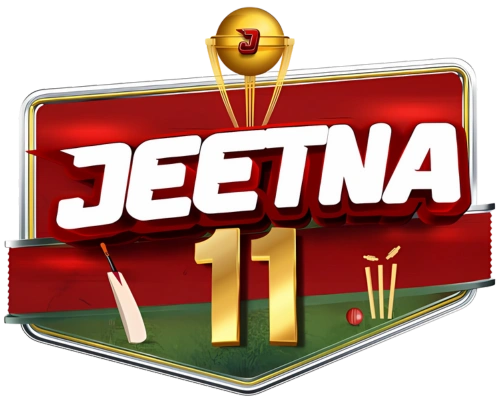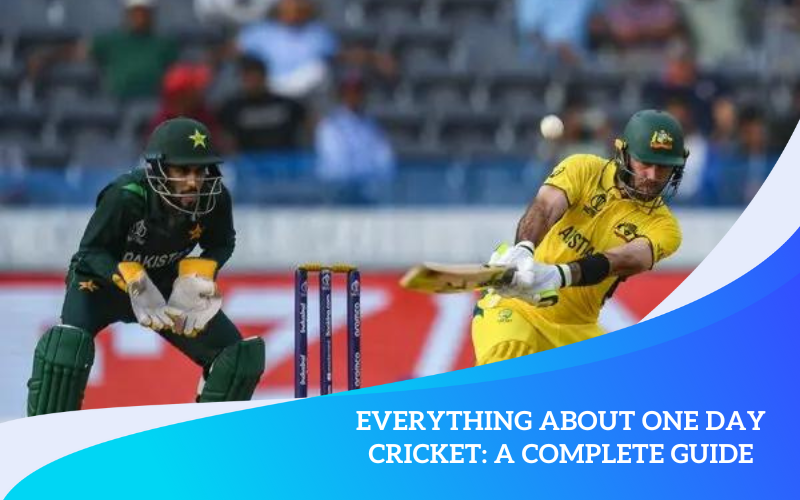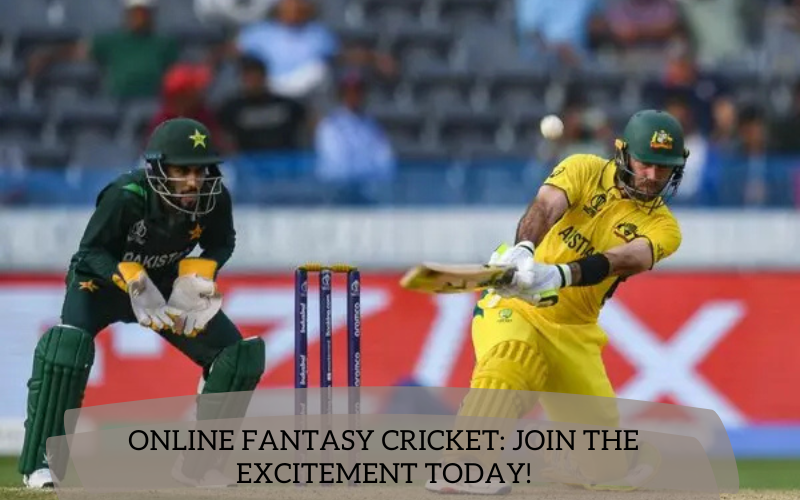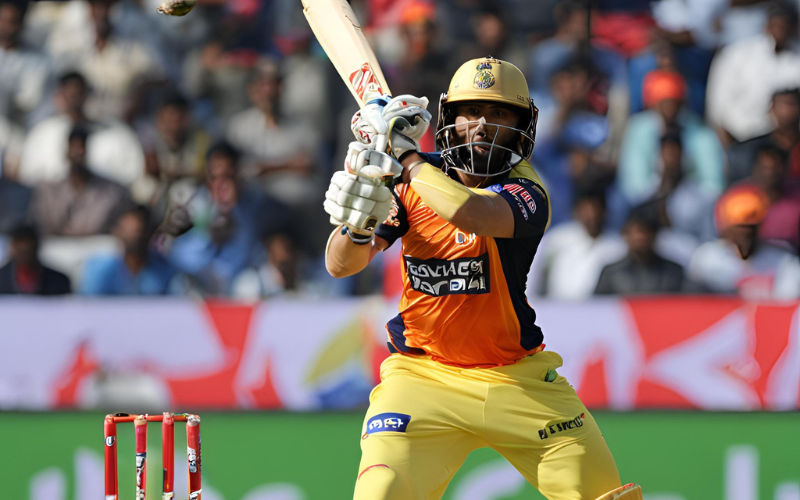One Day Cricket, often referred to as ODI (One Day International) when played between international teams, is a popular format of cricket that has gained worldwide attention. It is a shorter version of the traditional Test cricket, making it more exciting and accessible to a broader audience. This article will take you through everything you need to know about One Day Cricket, from its origins to its rules and significance.
What is One Day Cricket?
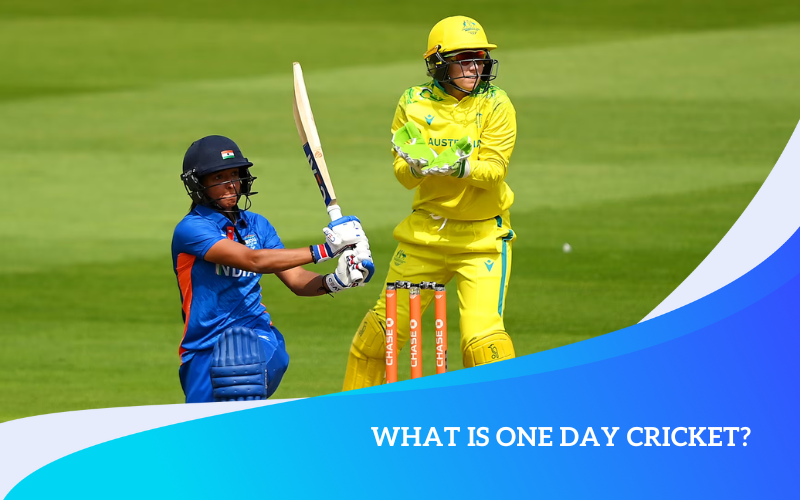
One Day Cricket is a limited-overs format of the game, meaning each team gets a fixed number of overs to bat. In a standard One Day Cricket match, each team has 50 overs to score as many runs as possible. An over consists of six balls bowled by the bowler, so each team has 300 balls to face. The team that scores the most runs wins the match. This format is known for its fast pace and thrilling finishes, making it a favorite among cricket fans.
The Origins of One Day Cricket
One Day Cricket began in the early 1960s as an experiment to make the game more exciting and viewer-friendly. The first official One Day Cricket match was played in 1971 between England and Australia. This match marked the beginning of a new era in cricket, where games could be completed in a single day. The format quickly gained popularity, leading to the establishment of the first One Day International (ODI) World Cup in 1975.
The Rules of One Day Cricket
Understanding the rules of One Day Cricket is essential for anyone interested in the game. Here are some of the key rules:
- Number of Overs: Each team has 50 overs to bat. The aim is to score as many runs as possible in these 50 overs.
- Fielding Restrictions: To make the game more balanced, there are fielding restrictions in place. In the first 10 overs, only two fielders are allowed outside the 30-yard circle. After that, the restrictions ease slightly, allowing more fielders outside the circle.
- Powerplay: Powerplay is a set of overs where fielding restrictions are applied. The first 10 overs of the match are usually the powerplay overs, where the batting team tries to score quickly.
- Duckworth-Lewis Method: In case of rain or any other interruptions, the Duckworth-Lewis method is used to calculate the target for the team batting second.
- No Balls and Wides: If the bowler bowls a ball that is too high, too wide, or oversteps the line, it is called a no-ball or wide. The batting team gets an extra run, and the bowler has to bowl the ball again.
The Importance of One Day Cricket
One Day Cricket holds a special place in the world of sports. It is not only a test of skill but also strategy and endurance. The fast-paced nature of the game keeps the audience engaged, and the possibility of a close finish adds to the excitement. One Day Cricket is also significant because it bridges the gap between Test cricket, which can last up to five days, and T20 cricket, a much shorter format. This makes One Day Cricket appealing to a wide range of cricket fans.
Famous One Day Cricket Tournaments
Several tournaments are dedicated to One Day Cricket, with the most prestigious being the ICC Cricket World Cup. This tournament is held every four years and features the best cricket teams from around the world. The World Cup is the pinnacle of One Day Cricket, and winning it is the dream of every cricketer.
Strategies in One Day Cricket
One Day Cricket is not just about hitting the ball hard; it involves careful planning and strategy. Teams must balance aggression with caution, knowing when to accelerate the scoring and when to play defensively. Here are some common strategies used in Cricket:
- Opening Partnership: The first few overs are crucial, and a strong opening partnership can set the tone for the rest of the innings.
- Middle Overs: In the middle overs, teams often aim to consolidate their position by rotating the strike and keeping the scoreboard ticking without taking too many risks.
- Death Overs: The final 10 overs are known as the death overs. This is where teams look to score as many runs as possible, often leading to big hits and quick wickets.
The Role of Bowlers in One Day Cricket
While batting often grabs the headlines, bowlers play a critical role in Cricket. A good bowling attack can restrict the opposition to a low score, putting their team in a strong position. Bowlers in Cricket need to be versatile, using a mix of pace, spin, and variations to outsmart the batsmen.
The Evolution of One Day Cricket
One Day Cricket has evolved significantly since its inception. Innovations such as colored clothing, white balls, and day-night matches have added a new dimension to the game. These changes have not only made the game more visually appealing but have also influenced the way it is played. For instance, the introduction of day-night matches, where part of the game is played under floodlights, has brought a new challenge for players to adapt to different conditions.
See more: Indian Cricket Team: History, Achievements, and Future
Conclusion
One Day Cricket is more than just a game; it’s a thrilling experience that has captivated millions of fans around the world. From its humble beginnings to its current status as one of the most popular formats in cricket, Cricket has come a long way. Whether you’re a seasoned cricket fan or new to the game, understanding the nuances of Cricket will enhance your appreciation of this fast-paced and exciting sport.
